Deep in the heart of the mystical Himalayas, a time-honored tradition echoes through the valleys, marking the celebration of culture, religion, and communal bonding – the Shoton Festival. Shoton, also known as the Yogurt Banquet, is a grand, vibrant, and joyous celebration deeply rooted in Tibetan culture. It symbolizes a unique blend of spiritual traditions and social festivities that have withstood the test of time, bringing together the Tibetan community in an unrivaled celebration of unity, peace, and reverence.
The Shoton Festival's name, derived from two Tibetan words, 'sho' meaning yogurt and 'ton' indicating banquet, provides an insight into the festivities. This festival originated as a religious observance where monks would partake in yogurt as their first meal after a long period of meditation. Over the centuries, however, it has evolved to incorporate various social and cultural aspects, including the famed Tibetan Opera performances and public viewings of massive Thangka paintings.
In this blog post, we aim to take you on an enlightening journey through the historical streets of Lhasa during the Shoton Festival. We will delve into the rich traditions, historical significance, and vibrant celebrations that mark this exceptional festival. Whether you are an avid traveler, a culture enthusiast, or simply curious about unique global festivities, this detailed guide to the Shoton Festival offers a fascinating glimpse into Tibetan culture and its time-honored traditions. Let's embark on this virtual journey to one of the most awe-inspiring celebrations in the world.
Origin and History of Shoton Festival
The inception of the Shoton Festival dates back to the 11th century as a religious event observed in the monastic community. Monks would engage in a disciplined period of meditation known as 'Yarné,' secluding themselves in monasteries to avoid killing insects and achieving spiritual progress during the summer months. Once this period ended, usually around the end of June, the local populace would donate yogurt to these monks as a token of respect and sustenance. This was the 'Sho' or yogurt banquet that marked the beginning of the Shoton Festival.
However, the festival as we know it today, replete with grand operatic performances and Thangka exhibitions, began to take shape in the 17th century during the reign of the 5th Dalai Lama. It was during this time that the festival expanded beyond a purely religious event to include cultural performances, transforming into a vibrant community celebration.
Significance of the Shoton Festival
The Shoton Festival plays a multifaceted role in Tibetan society. At its core, it remains a religious event, serving as a way for the community to pay homage to their monastic traditions. The unveiling of the massive Thangka, a religious Buddhist artwork, signifies respect for the Buddha and his teachings.
On a cultural level, the festival is a rich tapestry of Tibetan traditions, from the unique experience of the yogurt banquet to the captivating performances of the Tibetan opera. These traditions not only provide entertainment but also serve to pass on the cultural heritage from one generation to the next, keeping the Tibetan history and folklore alive.
Moreover, socially, the Shoton Festival is a platform for community bonding. Families, friends, and neighbors come together, sharing meals, participating in picnics, and enjoying performances. It's a time of unity and festivity, where social barriers diminish, and a strong sense of camaraderie is fostered.
Through its religious, cultural, and social facets, the Shoton Festival serves as a significant embodiment of the Tibetan spirit, enhancing community ties, and preserving the age-old traditions and values of the region.
Opening Ceremony
The Shoton Festival officially begins with a grand opening ceremony that has remained largely unchanged for centuries. This iconic ceremony primarily features the unveiling of a massive Thangka, a religious artwork intricately embroidered or painted on silk or cotton.
In the early morning hours, even before the break of dawn, thousands of devotees, along with tourists, gather at the Drepung Monastery on the outskirts of Lhasa. The air is filled with anticipation as people wait for the first rays of the sun. This moment is chosen for the grand unveiling because it is believed that the morning sunlight bestows blessings and auspiciousness.
Monks from the Drepung Monastery start the ceremony with sacred chants and rituals, creating a serene and mystical ambiance. Following these prayers, a colossal Thangka featuring a depiction of Sakyamuni, the historical Buddha, is unfurled down the side of the monastery hill. This unveiling is an awe-inspiring sight, with the Thangka often reaching sizes up to several stories tall. The crowd watches in silent reverence, and many prostrate themselves in worship, showing deep respect for the Buddha and his teachings.
The unveiling of the Thangka is followed by a procession of monks carrying sacred scriptures, an activity symbolizing the dissemination of Buddha's wisdom. This procession provides a powerful, tangible connection to the religious roots of the festival, marking a poignant start to the subsequent days of celebration.
The opening ceremony of the Shoton Festival truly encapsulates the essence of the Tibetan religious and cultural identity, setting the stage for enriching experiences to follow.
Related Read: Tibet Tour From Nepal
Yogurt Banquet
After the awe-inspiring Thangka unveiling, the community shifts into a more festive mood with the Yogurt Banquet, which forms the very foundation of the Shoton Festival. The word 'Shoton' literally translates to 'sour milk banquet,' highlighting the significance of this tradition.
Originally, the Yogurt Banquet was a way for the lay community to show their support for the monastic community. After the monks had spent the summer months in intensive meditation, citizens would donate yogurt to them as a form of sustenance and to celebrate the end of their meditation period. The act of offering yogurt was considered a meritorious deed and a way of acquiring good karma.
Over the centuries, the Yogurt Banquet has evolved into a significant community event, expanding beyond the monasteries. Today, it is a widespread tradition where families, friends, and neighbors come together to share yogurt, often preparing it with a variety of traditional Tibetan ingredients. This simple yet meaningful act brings together the community in a spirit of unity and mutual support.
Moreover, yogurt in Tibetan culture symbolizes purity and good health, and the act of consuming it collectively represents shared blessings and well-being. It's an opportunity for communal bonding, where stories are shared, laughter echoes, and the unity of the Tibetan people is profoundly felt.
This yogurt banquet tradition encapsulates the heart of the Shoton Festival - a coming together of people to share in the joy of their culture, uphold centuries-old traditions, and create memories that last a lifetime.
Related Read: How Many Days To Visit Tibet?
Tibetan Opera
One of the most anticipated events of the Shoton Festival is the Tibetan Opera, also known as 'Lhamo' in the local language. This traditional performance art form is a vibrant blend of song, dance, and storytelling and plays a critical role in the Shoton Festival's festivities.
Historically, Tibetan Opera was introduced to the festival during the 17th century under the patronage of the 5th Dalai Lama. His objective was to make the teachings of Buddhism more accessible and entertaining to the common people. The opera performances often depict stories from Buddhist legends or historical events, hence educating the audience about their heritage in a captivating manner.
During the Shoton Festival, various opera troupes from different parts of Tibet gather in Lhasa's Norbulingka, the summer palace of the Dalai Lama. The beautifully landscaped gardens of the palace become the stage for these performers, who often perform from morning till dusk. Locals, as well as tourists, lay down carpets and settle in for a day of engaging performances. The colourful costumes, elaborate masks, powerful vocals, and dramatic storytelling create a mesmerizing spectacle.
The Tibetan Opera performances serve multiple purposes during the Shoton Festival. Apart from offering entertainment, they also preserve and propagate Tibetan folklore and Buddhist teachings, keeping the rich history and culture of Tibet alive. Moreover, they contribute to the communal atmosphere, providing a shared cultural experience that binds the audience together. It's not just a performance; it's a shared journey through the annals of Tibetan history and mythology, making it a crucial part of the Shoton Festival.
Picnics and Excursions
A cherished tradition during the Shoton Festival is the practice of communal picnicking and outings. As the festival marks the end of the summer retreat for monks and the arrival of pleasant weather, it becomes a perfect time for families and friends to step outdoors and enjoy the natural beauty of Tibet.
One of the most popular venues for these picnics is Norbulingka, the Dalai Lama's summer palace. Its lush, sprawling gardens turn into a massive picnic spot during the Shoton Festival. From early morning, families arrive carrying rugs, baskets filled with food, thermoses with traditional Tibetan butter tea, and of course, pots of yogurt. Children run freely, and the air is filled with the sound of laughter, chatter, and the occasional strains of music. These picnics are not just about food; they're about family, friendship, and community.
Simultaneously, the festival is also a time for excursions to sacred sites. People often arrange outings to monasteries and religious landmarks that are situated near Lhasa. These excursions provide an opportunity for families to imbue their children with a sense of religious reverence, and for many, it's a spiritual journey to seek blessings and express gratitude.
This tradition of picnics and excursions adds another layer to the Shoton Festival's celebrations. It's a testament to the strong sense of community in Tibetan society, where shared experiences form the crux of cultural celebrations. It also emphasizes the Tibetan people's profound connection with nature and their spiritual heritage, further enhancing the festival's charm and cultural richness.
Also, read: Tibet Tour From Nepal
Religious Symbolism in Shoton Festival
The Shoton Festival is deeply intertwined with Tibetan Buddhism, and the religious symbolism permeating its celebrations reflects the profound spiritual values of the Tibetan people.
The festival begins after the summer retreat or 'Yarné' of the monks, a period marked by intensive meditation and spiritual practice. The end of Yarné signifies a successful completion of a spiritual journey, making the Shoton Festival's commencement a celebration of spiritual achievement.
The grand unveiling of the Thangka during the opening ceremony is one of the most significant religious aspects of the Shoton Festival. The Thangka, usually portraying Sakyamuni or other important deities and scenes from Buddha's life, serves as a focus for Buddhist devotion and meditation. The act of unfolding the Thangka with the first rays of sun is a symbol of enlightenment, the dispelling of ignorance, and the dawning of wisdom, aligning with Buddha’s teachings.
The Yogurt Banquet also carries religious symbolism. The tradition of donating yogurt to the monks symbolizes acts of generosity, a key virtue in Buddhism. Consuming yogurt, a product of purification process, represents the aspiration towards purity and moral perfection, core values in Buddhist teachings.
Tibetan Opera, an integral part of the festival, often dramatizes tales from Buddhist legends and the Jataka tales. The moral lessons from these performances reinforce Buddhist teachings and ethical practices.
In its entirety, the Shoton Festival is an embodiment of Tibetan Buddhism's principles and a celebration of the community's spiritual life. It demonstrates the integral role Buddhism plays in the daily lives of Tibetans, affirming their unwavering faith and devotion.
Cultural Symbolism in Shoton Festival
The Shoton Festival, in addition to its religious significance, also serves as a vivid portrayal of Tibetan culture, values, and community spirit. Each tradition within the festival carries a cultural symbolism that is deeply rooted in the Tibetan way of life.
The Yogurt Banquet symbolizes the importance of community and unity in Tibetan culture. The act of sharing yogurt amongst family and friends during the festival reinforces the value of togetherness and mutual support, principles that are integral to Tibetan society.
Tibetan Opera, a major highlight of the festival, is an artistic reflection of Tibetan folklore, history, and cultural values. The performances often illustrate tales of heroism, love, and moral values that resonate deeply with the cultural ethos of the Tibetan people.
Communal picnics and excursions symbolize the Tibetan people's close connection with nature and their profound love for their homeland. The landscape of Tibet forms an integral part of their cultural identity, and this deep reverence for nature is clearly seen during these outings.
Moreover, the Shoton Festival's overall spirit of joy, unity, and reverence is a testament to the resilient and vibrant Tibetan community. Despite various challenges over the centuries, the Tibetans have managed to preserve their rich cultural heritage and continue to celebrate it with enthusiasm and pride.
The cultural symbolism of the Shoton Festival offers a unique window into Tibetan life, revealing a society where tradition, community, and a deep respect for nature and heritage are woven into the fabric of everyday life. It is a culture that embraces joy and unity, valuing the power of communal gatherings and shared experiences. Through this festival, the Tibetan people express their collective identity and cultural vibrancy, marking the Shoton Festival as more than just a religious event, but a comprehensive celebration of Tibetan life.
When to Visit for Shoton Festival:
The Shoton Festival typically begins on the 30th day of the 6th month of the Tibetan Lunar Calendar, which usually falls in late August or early September. The festival lasts for a week, with the grandest celebrations occurring in the first few days.
The timing of the festival coincides with the end of the rainy season and the beginning of the cooler, more pleasant autumn weather in Tibet. This makes it a perfect time for outdoor events like picnics, excursions, and Tibetan opera performances.
The festival's start with the Thangka unveiling ceremony at the break of dawn which is a must-see event, so plan to be in Lhasa a day before the festival starts. Also, keep in mind that Tibetan Opera performances, a significant highlight of the festival, usually begin on the second day and continue throughout the festival week.
Given that the Shoton Festival is one of the most important festivals in Tibet, it attracts a large number of tourists. Therefore, it is advisable to plan your trip well in advance and book accommodations early to ensure a comfortable stay during your visit.
Experiencing the Shoton Festival offers an invaluable opportunity to immerse yourself in the rich cultural heritage of Tibet and gain a deeper understanding of its unique traditions and community spirit.
Places to visit for Celebration of Shoton Festival:
The Shoton Festival takes place primarily in Lhasa, the capital city of Tibet, and a few specific locations within the city are of particular significance during the festival.
Drepung Monastery
The Drepung Monastery is the site where the Shoton Festival's opening ceremony takes place. The unveiling of the gigantic Thangka, a sight that is both awe-inspiring and deeply spiritual, occurs on the hillside of the monastery. If you wish to witness this grand ceremony, ensure that you arrive before dawn as the Thangka is unveiled with the first rays of sunlight.
Norbulingka
Norbulingka, the summer palace of the Dalai Lama, is a crucial site during the Shoton Festival. The lush gardens of Norbulingka turn into an open-air theatre where various Tibetan opera troupes perform from dawn till dusk. Additionally, it also serves as a massive picnic spot where locals gather with their families and friends to celebrate the festival.
Sera Monastery and Ganden Monastery
While not directly involved in the Shoton Festival, these monasteries are in the vicinity of Lhasa and often form part of the excursions during the festival. They offer insights into the rich Buddhist heritage of Tibet and are worth visiting during your trip.
Barkhor Street
The bustling Barkhor Street, encircling the sacred Jokhang Temple, is another place to visit. Although not a direct site for Shoton Festival activities, it's a vibrant marketplace where you can immerse yourself in Tibetan culture, shop for traditional Tibetan crafts, taste local delicacies, and interact with the locals.
Remember, each of these places offers a unique perspective of the Shoton Festival and Tibetan culture. By visiting these places, you can gain a holistic view of this grand festival and the rich traditions it represents.
Tips for Travelers:
Remember that the Shoton Festival is a religious and cultural celebration for Tibetans. Participate with an open mind and a respectful attitude to fully appreciate the beauty and depth of this unique cultural event. Here are some tips to prepare you better for this epic celebration.
Cultural Etiquette
Tibetans are known for their warmth and hospitality. However, as a visitor, it's crucial to respect local customs and traditions to ensure a positive cultural exchange.
-
Respect religious customs: Tibetan Buddhism is integral to the culture and lifestyle in Tibet. Refrain from touching religious artifacts without permission and always walk clockwise around religious sites.
-
Dress modestly: While there are no strict dress codes, it's respectful to dress modestly, especially when visiting religious sites.
-
Photography etiquette: Always ask for permission before photographing people, and avoid photography during religious ceremonies unless it's explicitly allowed.
What to Expect
-
Crowds: The Shoton Festival attracts many locals and tourists, so be prepared for crowded conditions, especially during the Thangka unveiling and opera performances.
-
Weather: The weather during the festival is generally pleasant, but it can be chilly in the mornings and evenings. Dress in layers to adjust to changing temperatures.
-
Language: While English is not widely spoken, people are generally friendly and helpful. A translation app or a guide can be beneficial.
Participation in the Festival
-
Yogurt Banquet: Try the local yogurt and participate in the communal experience. It's a great way to interact with the locals and appreciate the festival's spirit.
-
Tibetan Opera: Attending a Tibetan opera performance is a must. While understanding the language might be a challenge, the expressive performances offer a unique cultural experience.
-
Picnics and Excursions: If possible, join a local group for a picnic or an excursion. It provides a great opportunity to engage with the locals and experience the festival as they do.
Conclusion:
The Shoton Festival is a vibrant tapestry of Tibetan religious and cultural life, offering a unique insight into the rich heritage and communal spirit of Tibet. From the spiritual awakening symbolized by the Thangka unveiling to the joyous community gatherings during the yogurt banquet, the festival is a profound expression of Tibetan Buddhism and the deeply ingrained values of this resilient community.
The Tibetan opera performances narrate tales imbued with moral lessons and Buddhist teachings, serving both as an engaging form of entertainment and a means to preserve and pass down cultural wisdom. Meanwhile, the tradition of communal picnics and excursions during the festival exemplifies the Tibetan people's deep connection with their natural environment and their shared heritage.
As an outsider, experiencing the Shoton Festival can be a journey of cultural exploration and personal enrichment. The festival's traditions invite you to engage, observe, and learn, allowing you to step beyond the role of a spectator and become an active participant in this cultural celebration. My own experience of the festival has been nothing short of transformative, and I can confidently say that it provides a deep, immersive understanding of Tibetan culture.
Whether you're able to travel to Tibet and witness the Shoton Festival in person or explore it through virtual means, I strongly encourage you to delve into this extraordinary event. The experience can foster a greater appreciation for Tibet's rich cultural heritage, and more importantly, for the universal human values of unity, joy, and spiritual dedication that the Shoton Festival embodies.
The Shoton Festival is not just a cultural event; it's a testament to the enduring spirit of the Tibetan people. It's a celebration that transcends borders, inviting us all to partake in a shared human experience of joy, community, and spiritual devotion. So, here's to embracing new cultural experiences, learning from them, and finding shared values that unite us as a global community.






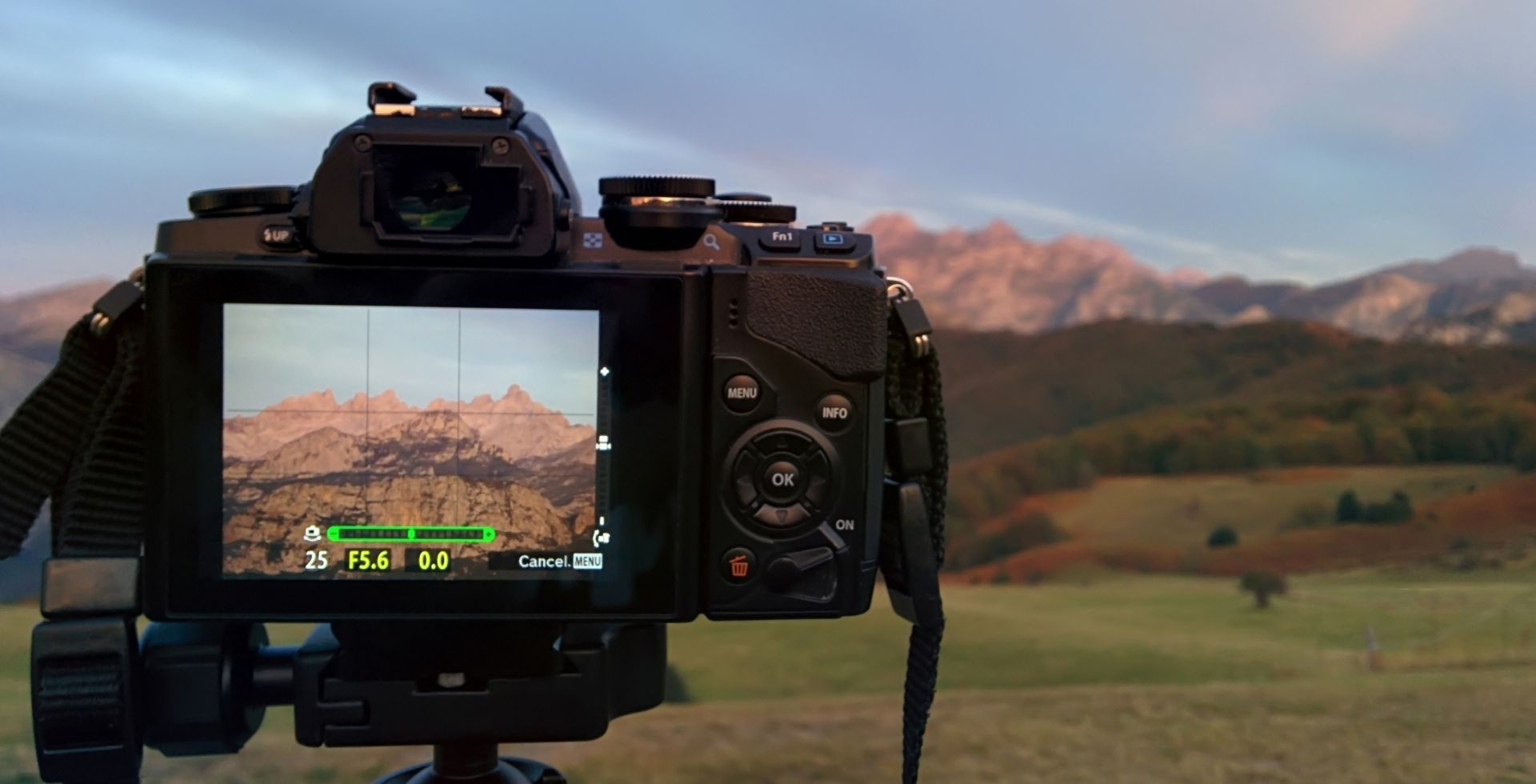

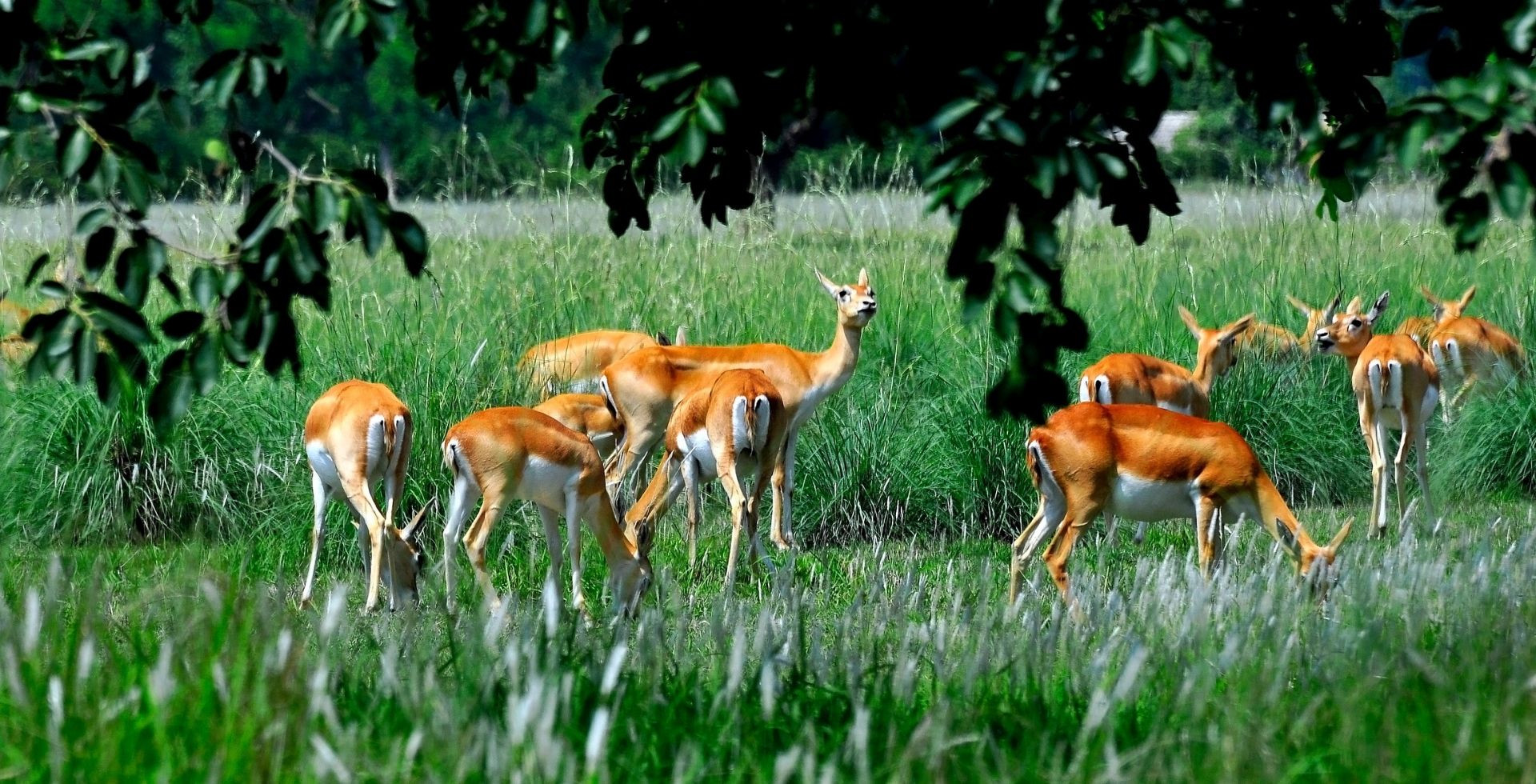
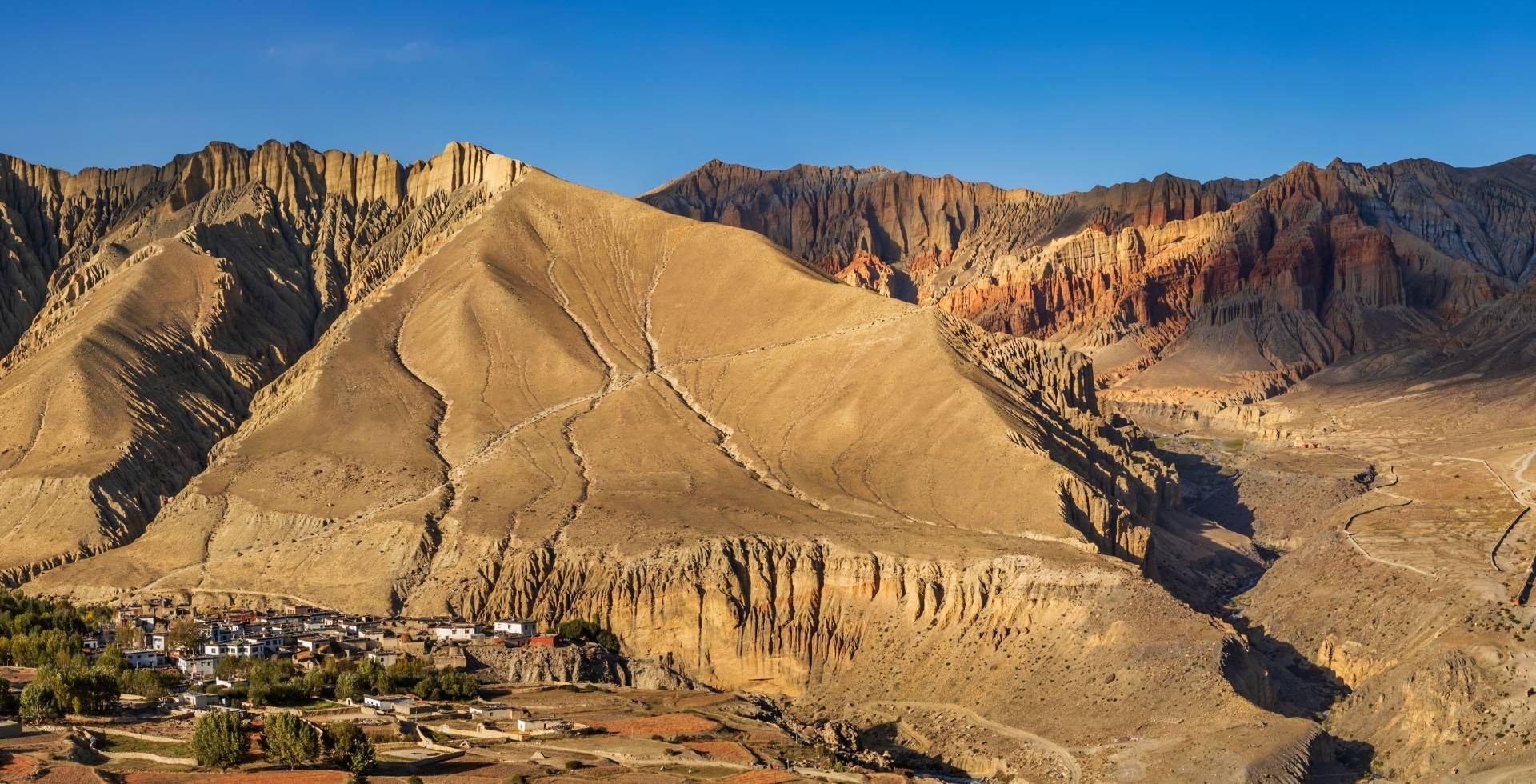

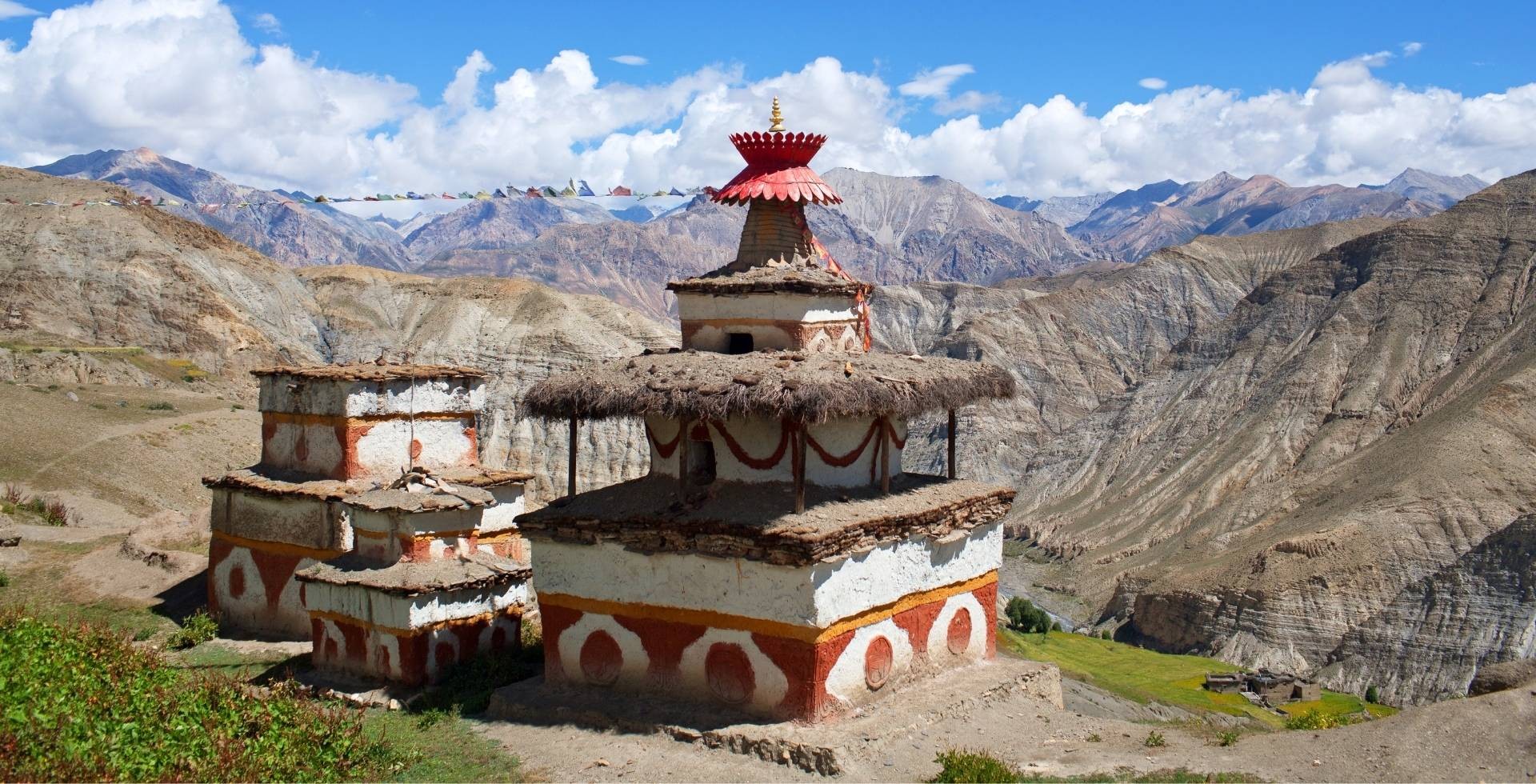
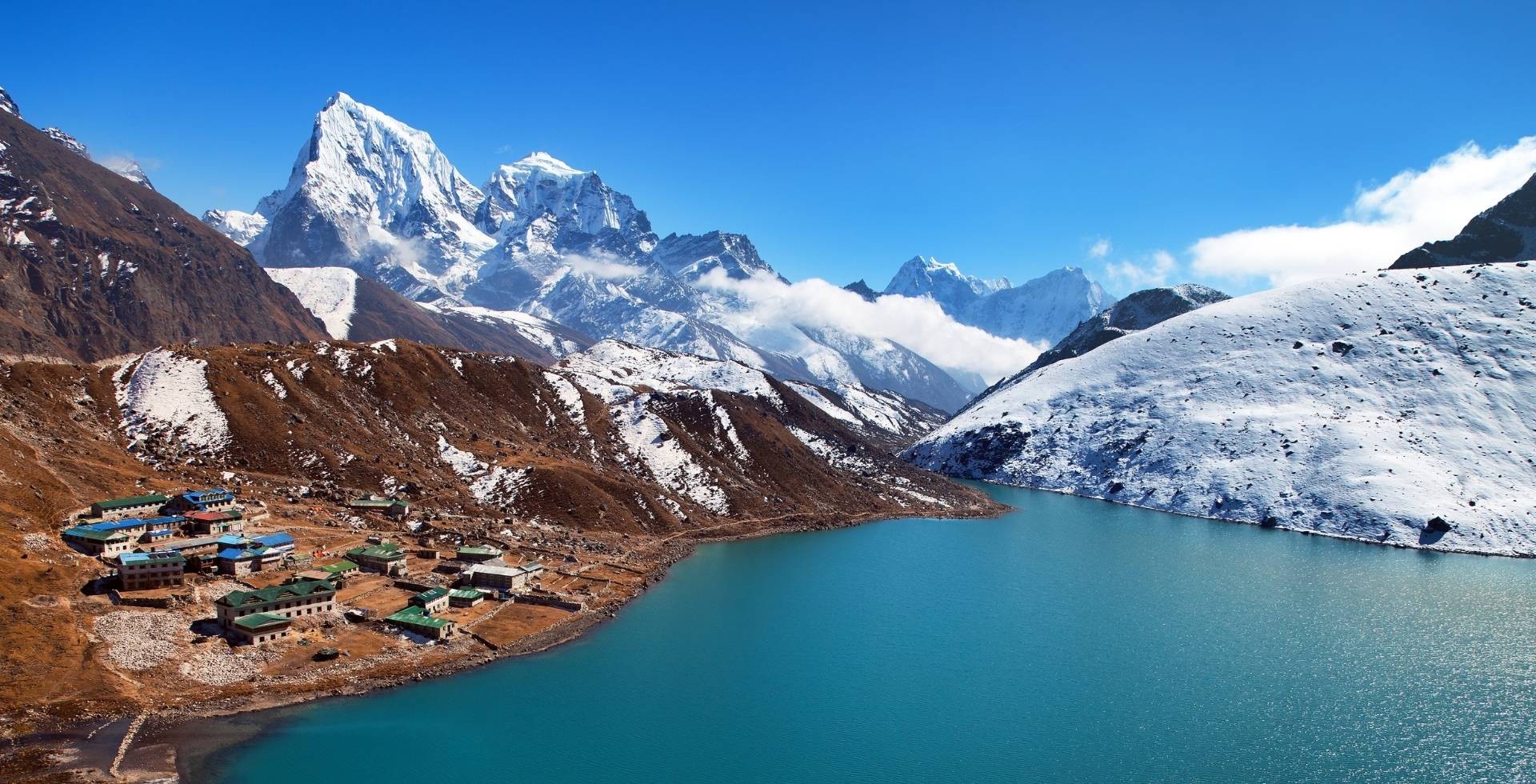
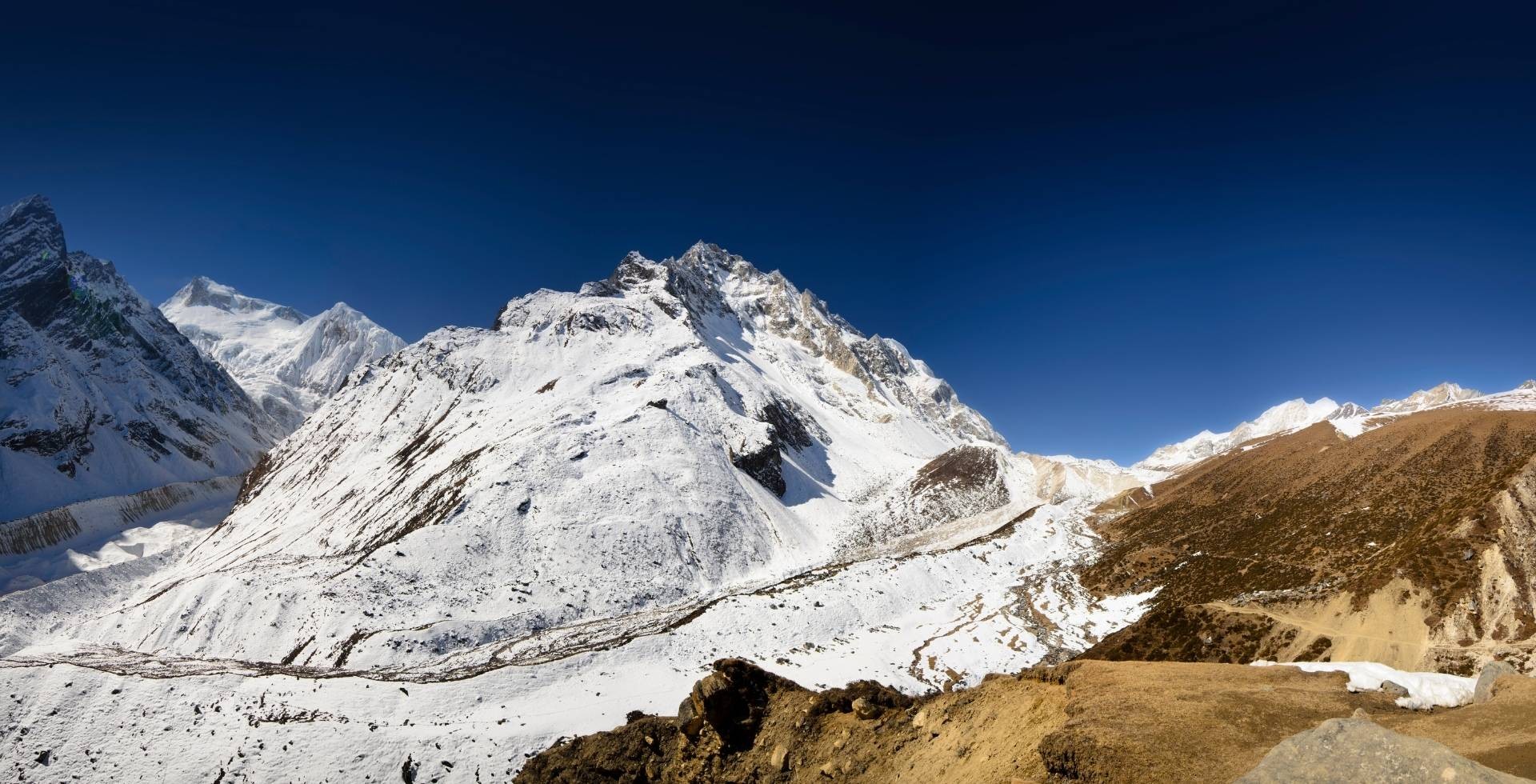
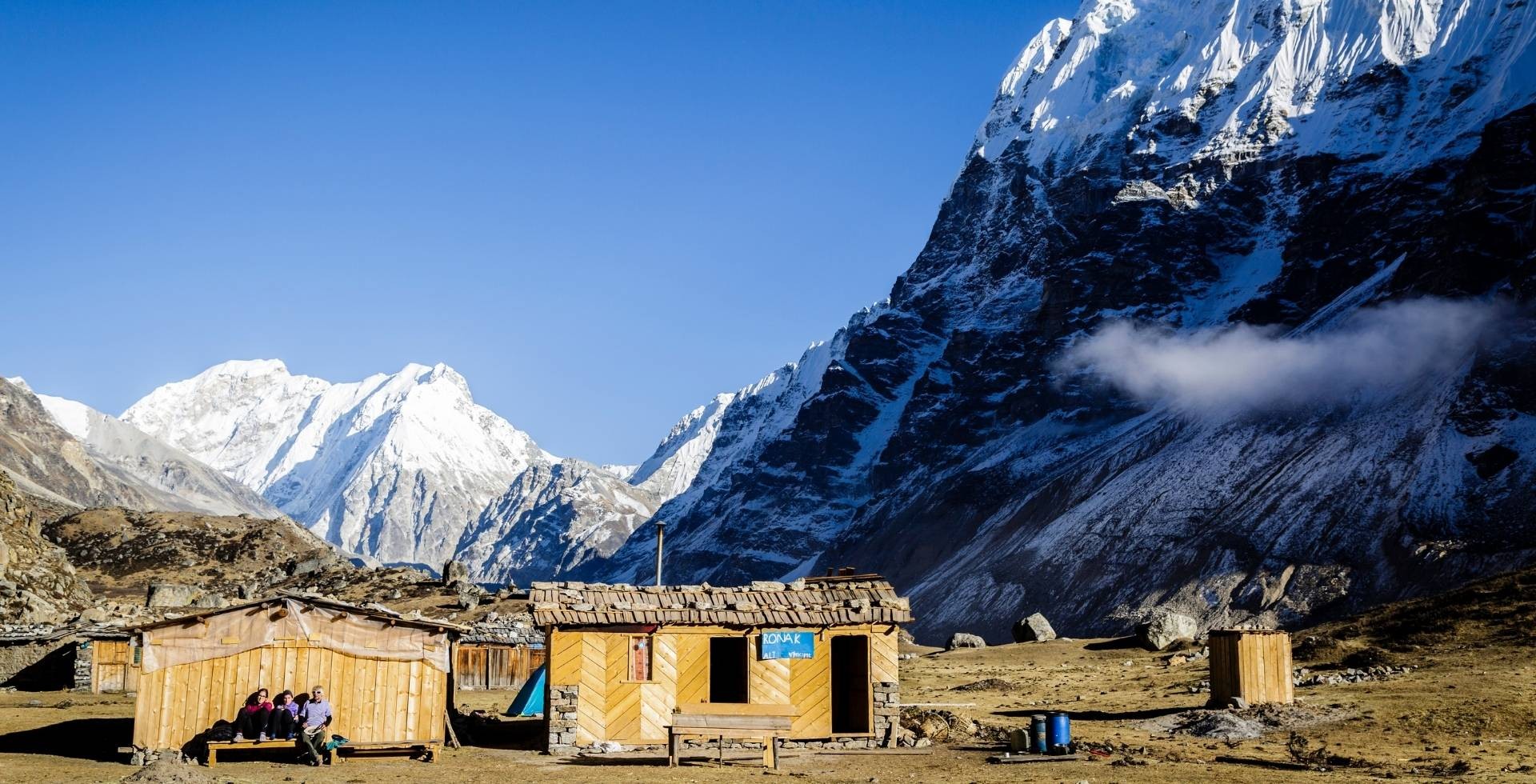
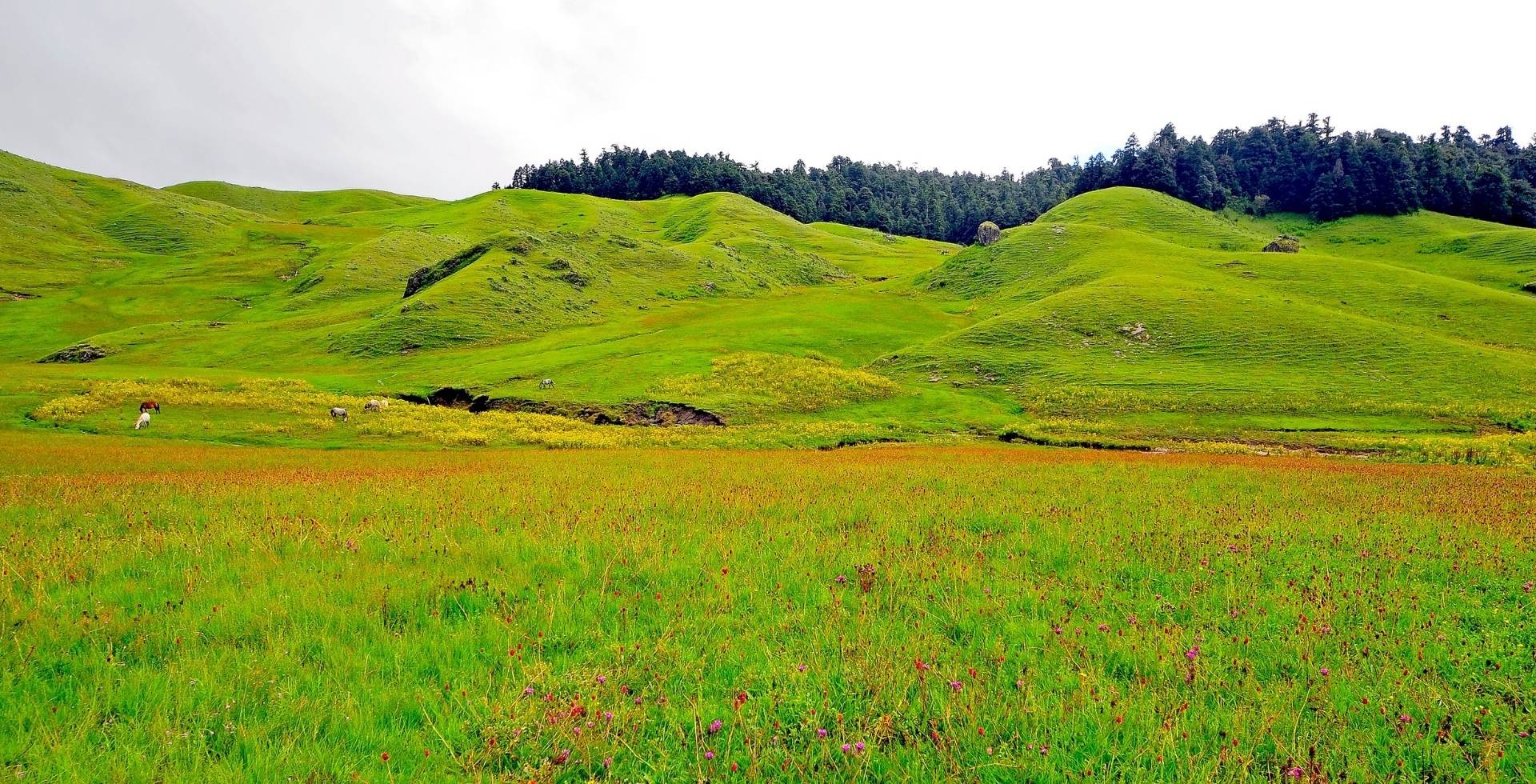

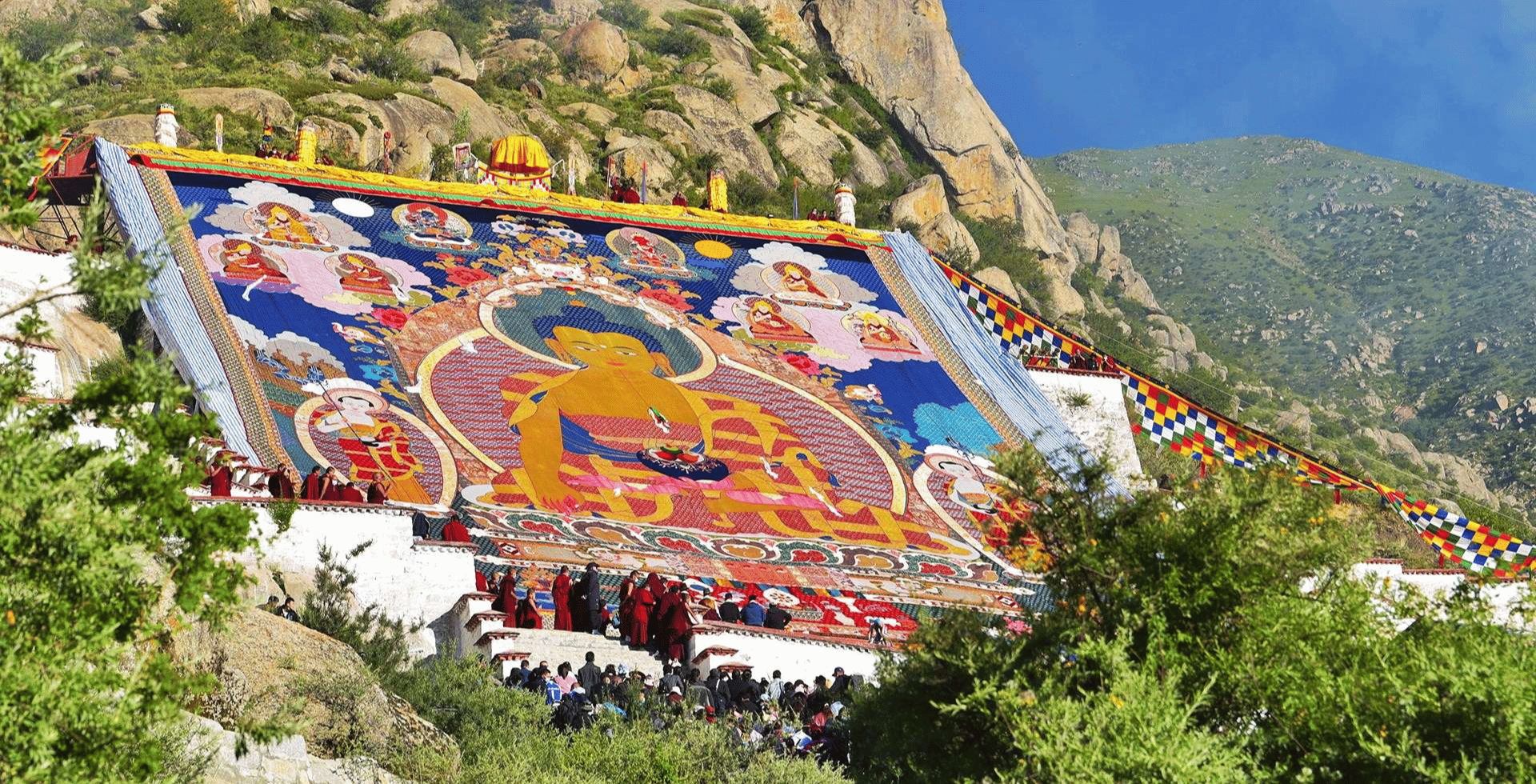
 Altitude Himalaya
Altitude Himalaya